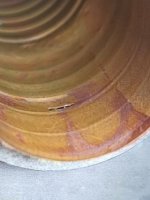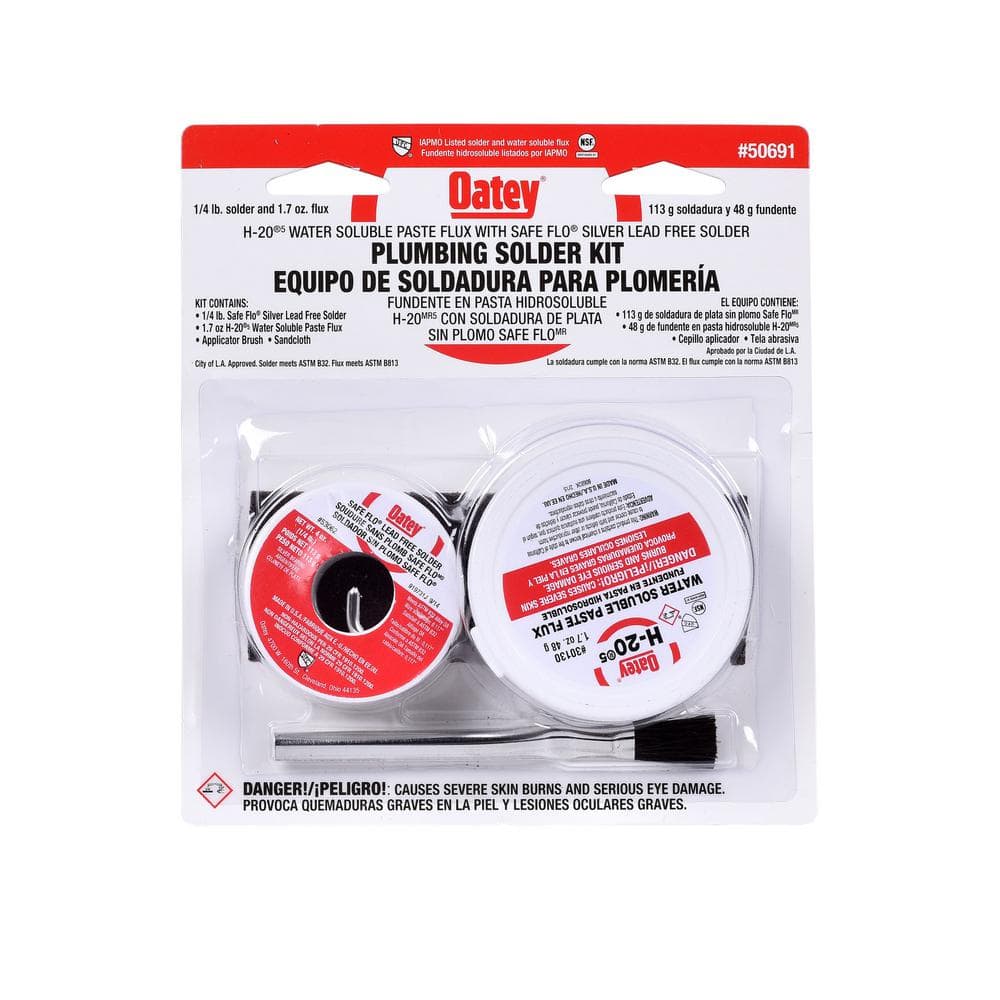I have a Raypak 206a that I installed in Aug 2022. About a week before closing the pool, it started leaking. Is supposed to be a 2 year warranty but I couldn't get Raypak to respond to me, nor could I get anyone to come out since I installed it myself. So... I opened it up and could see water coming up from where one of the heat exchanger tubes goes into the end plate. I have a video but apparently can't post those here. I took the header off and I can see what looks like a slit of some sort that I assume is causing the leak. See the picture. I assume it was a manufacturing flaw that worked through the adhesive.
I am thinking a little bit of Liquid Steel Epoxy would solve the issue but wanted to run it by the forum. I really don't want to spend $800 for a new heat exchanger. Thanks!
I am thinking a little bit of Liquid Steel Epoxy would solve the issue but wanted to run it by the forum. I really don't want to spend $800 for a new heat exchanger. Thanks!



